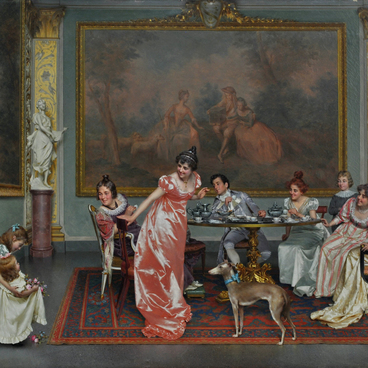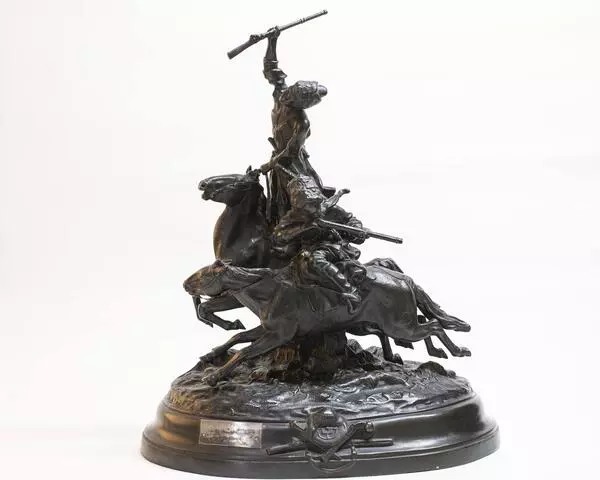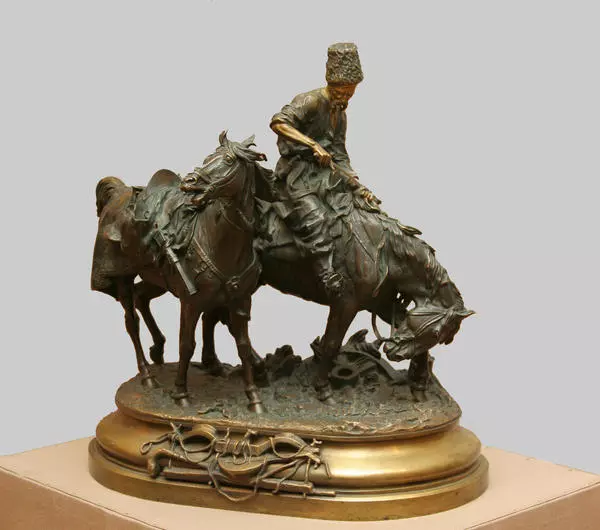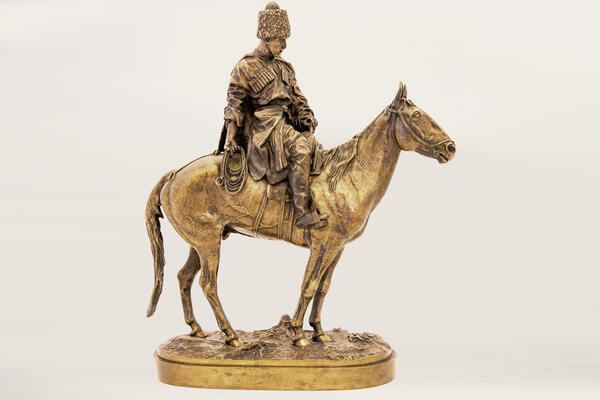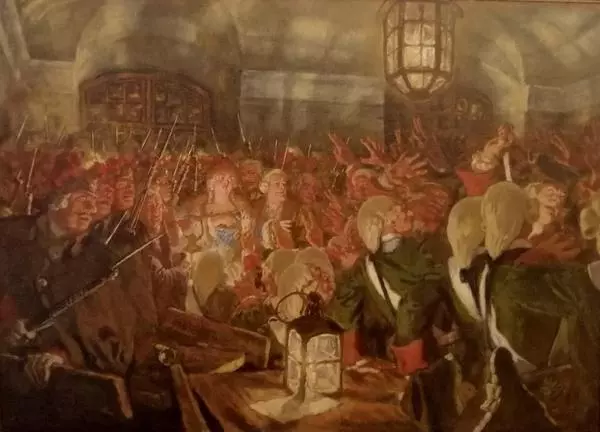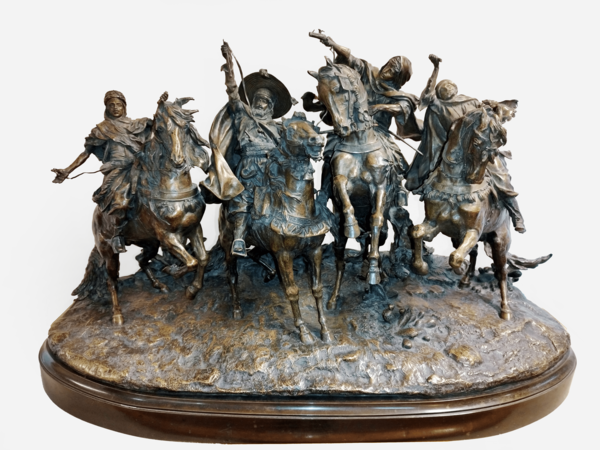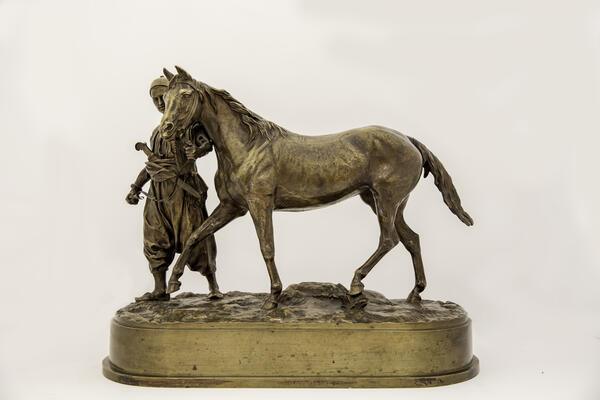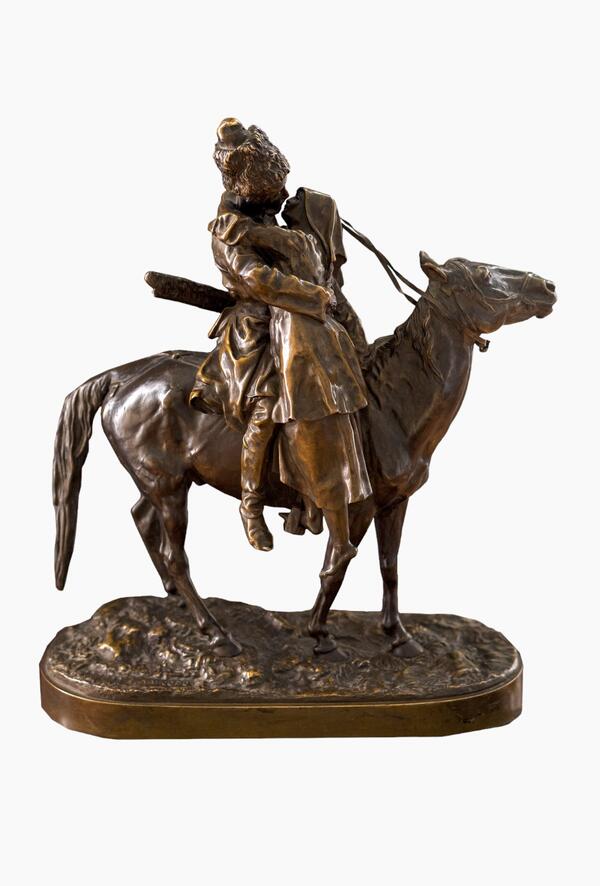In the second half of the 19th century, indoor sculpture was very popular in Russia — bronze figurines decorated offices of functionaries and effectively complemented interiors of rich houses. The most in demand were hunting scenes, portrait figurines, animalistic and ethnographic scenes from peasant life.
One of the best masters of indoor sculpture was Yevgeny Alexandrovich Lanceray (1848 — 1886) — a talented self-taught artist whose skills were eventually recognized even by the Imperial Academy of Arts. Originally, he was awarded the title of second-grade artist and then that of the first grade, despite the fact that he did not have professional education.
One of the best masters of indoor sculpture was Yevgeny Alexandrovich Lanceray (1848 — 1886) — a talented self-taught artist whose skills were eventually recognized even by the Imperial Academy of Arts. Originally, he was awarded the title of second-grade artist and then that of the first grade, despite the fact that he did not have professional education.
Lanceray travelled extensively throughout Russia, Central Asia and the Caucasus, and also visited the Middle East and Algeria. He created many bronze sculptures depicting scenes from the life of different nationalities. The fashion for national historical and folklore subjects only spurred his interest. Lanceray portrayed falconry, the Zaporozhians after a battle, the Don Cossacks and the Arabian horse game.
The sculptor carefully studied the life and customs of Oriental peoples, in order to reproduce in detail the features of their costumes and gestures. He was especially successful with horses — animals were Lanceray’s main passion and brought him glory as an animalist sculptor.
Lanceray was deeply impressed by a meeting with the Don Cossack army. The sculptor created many works that conveyed the expressive culture and everyday life of the Cossacks. The most famous among them is the composition The Cossack’s Farewell to His Wife, depicting the last conversation that a warrior going to his death has with his beloved wife.



